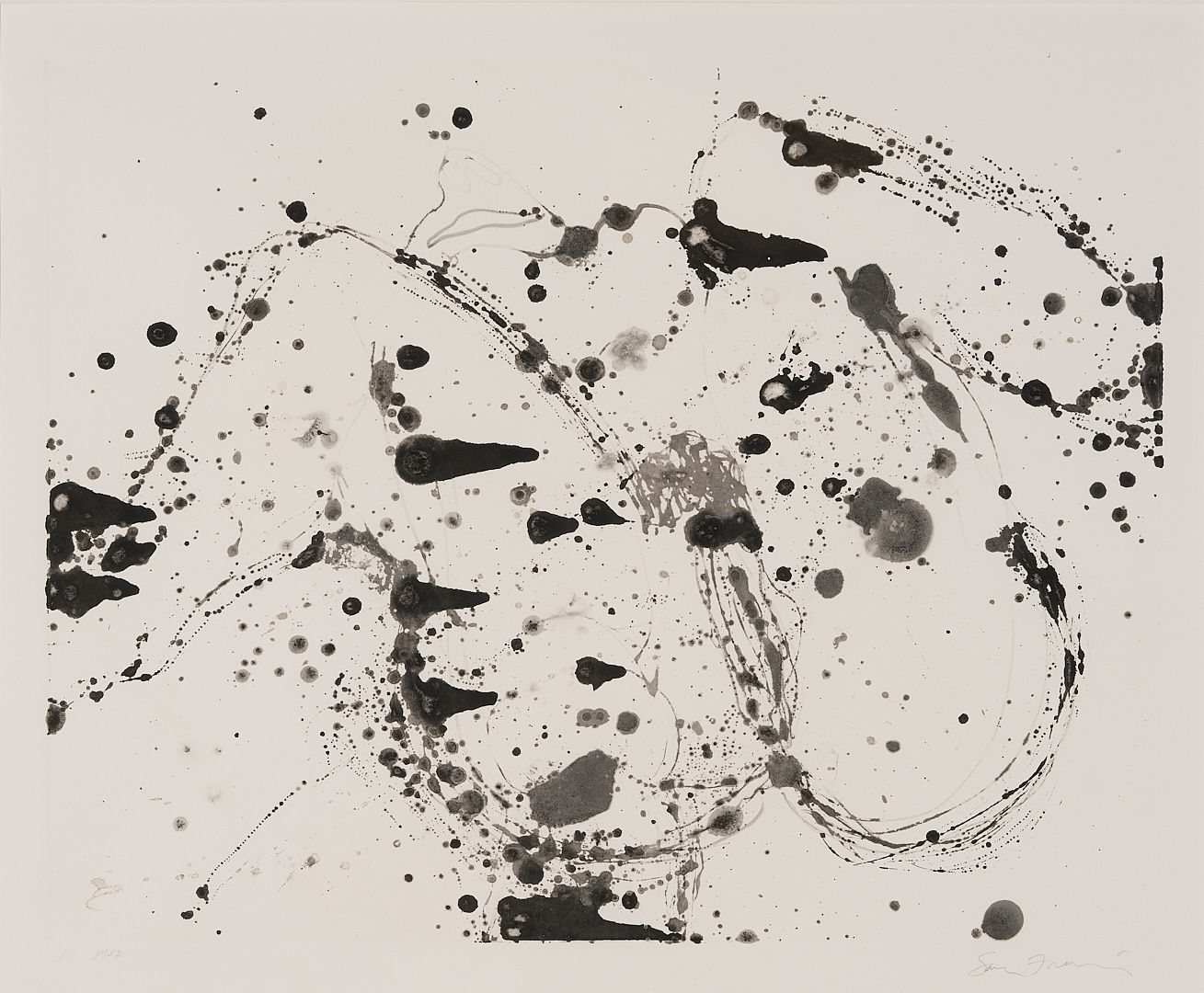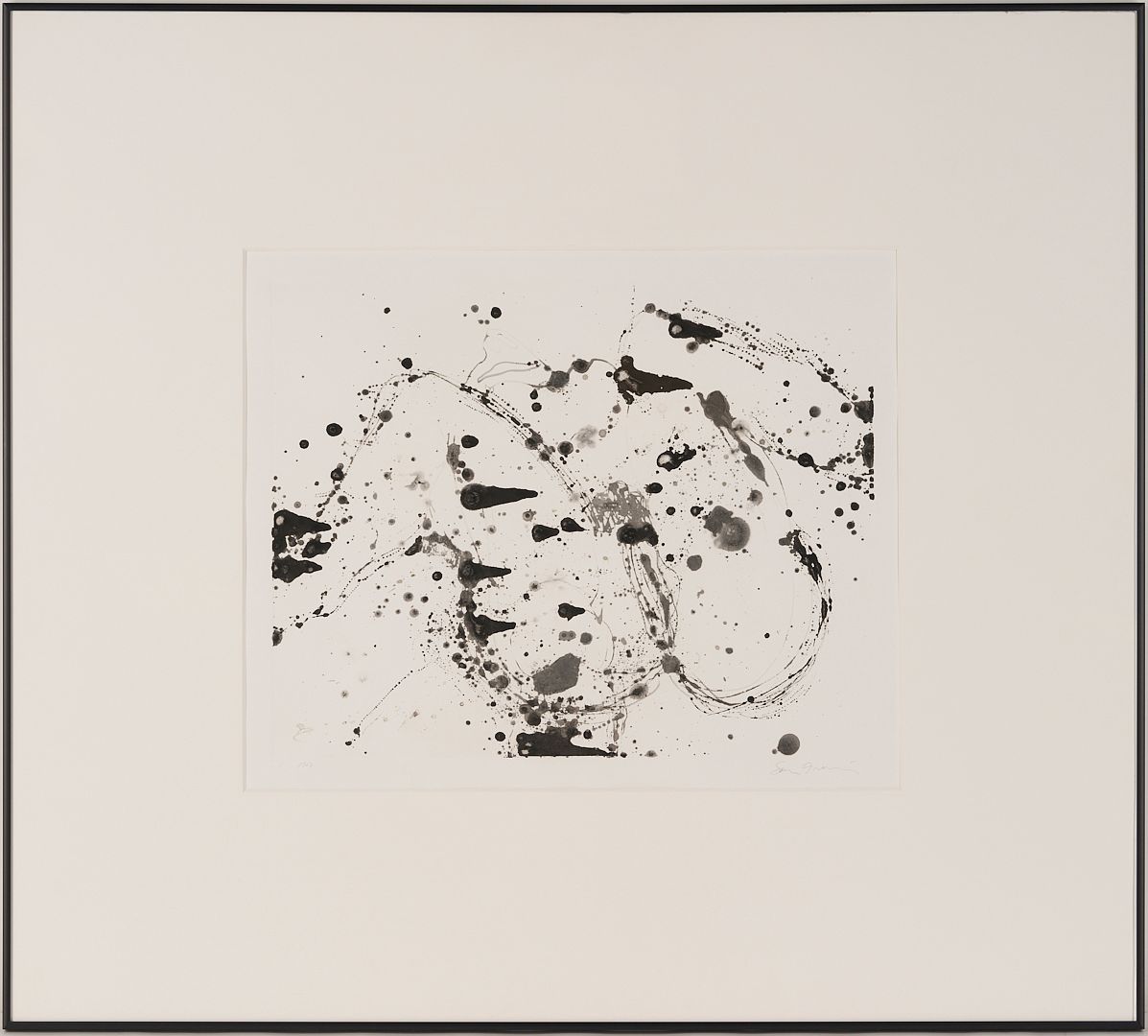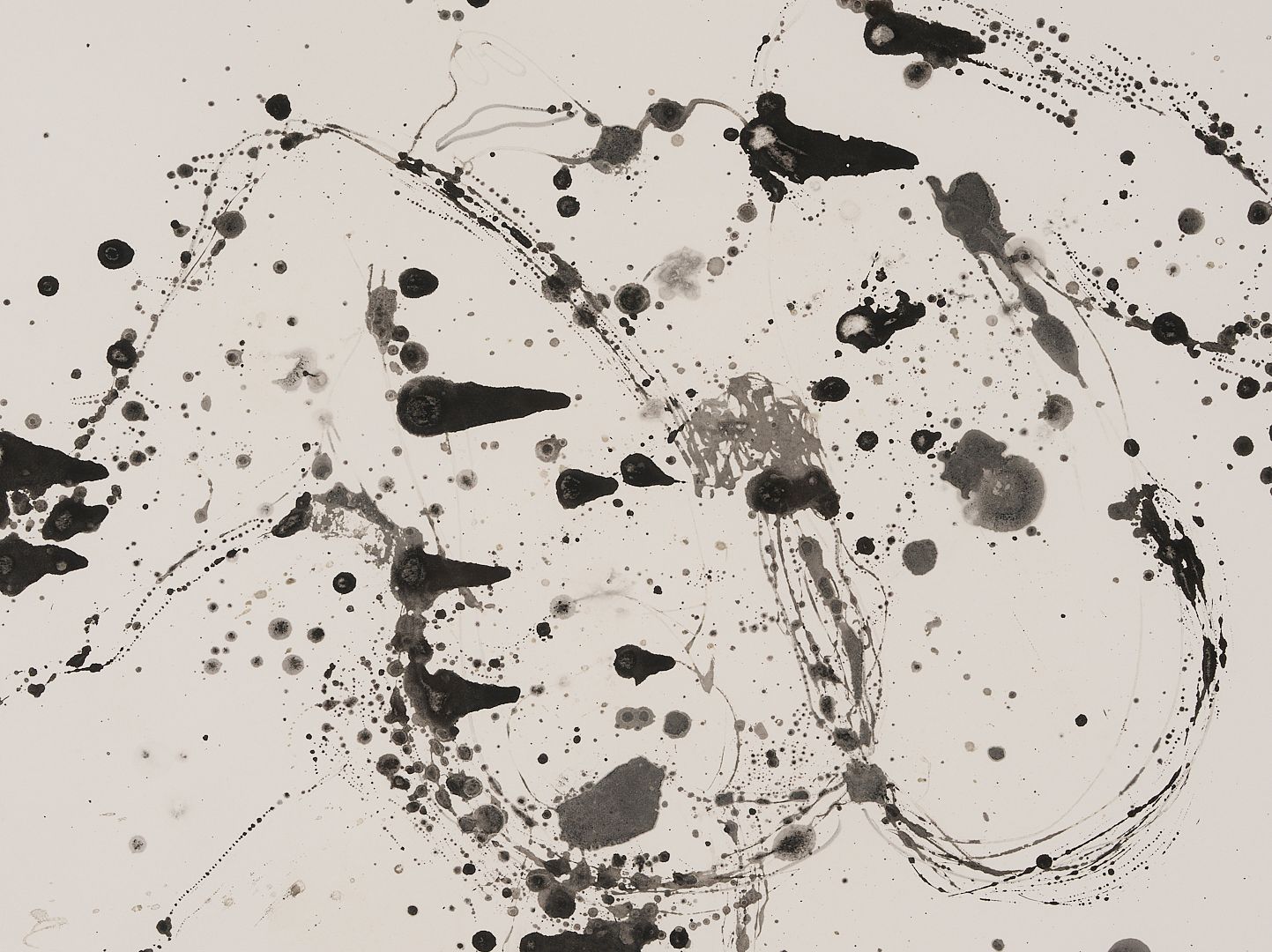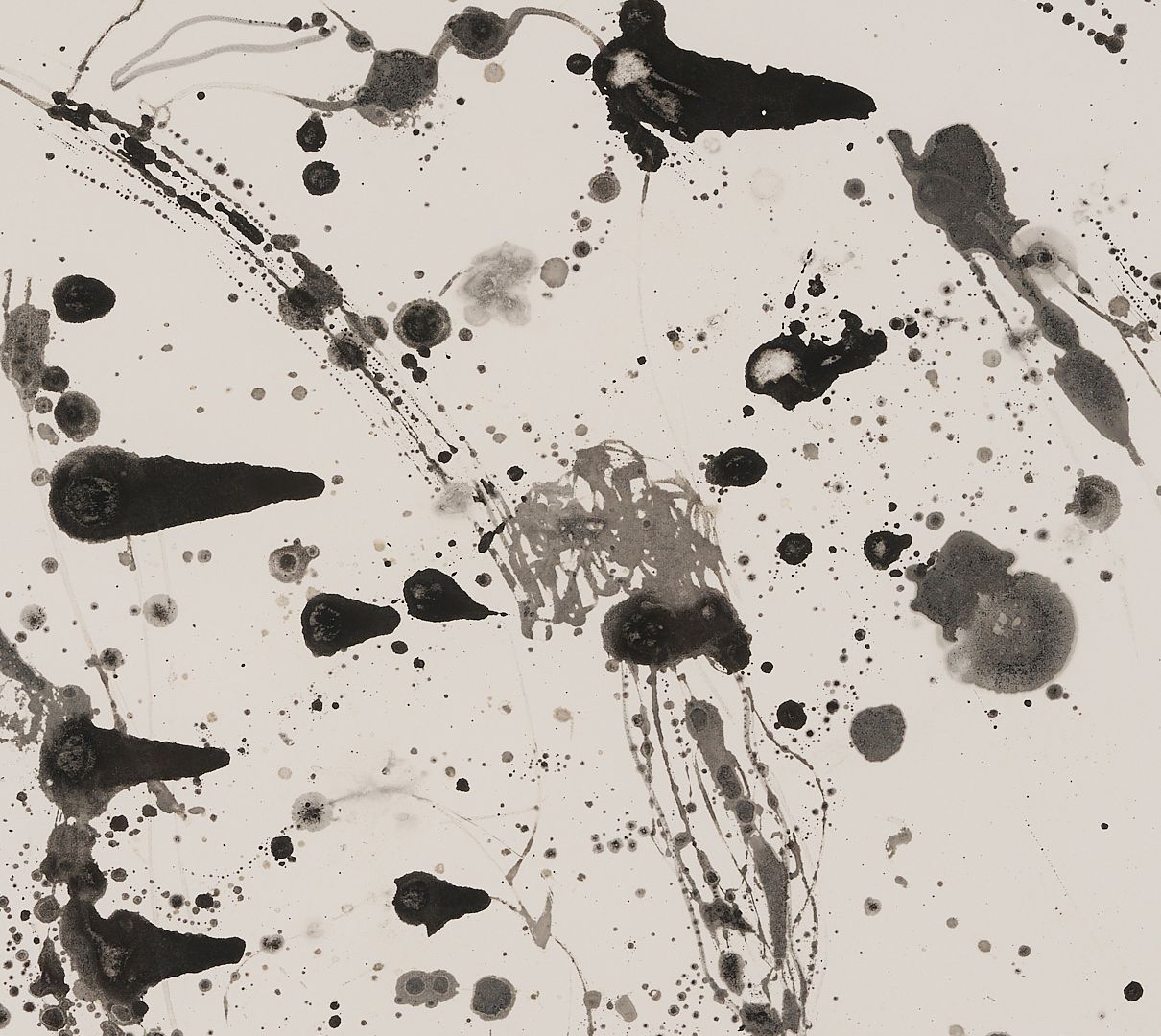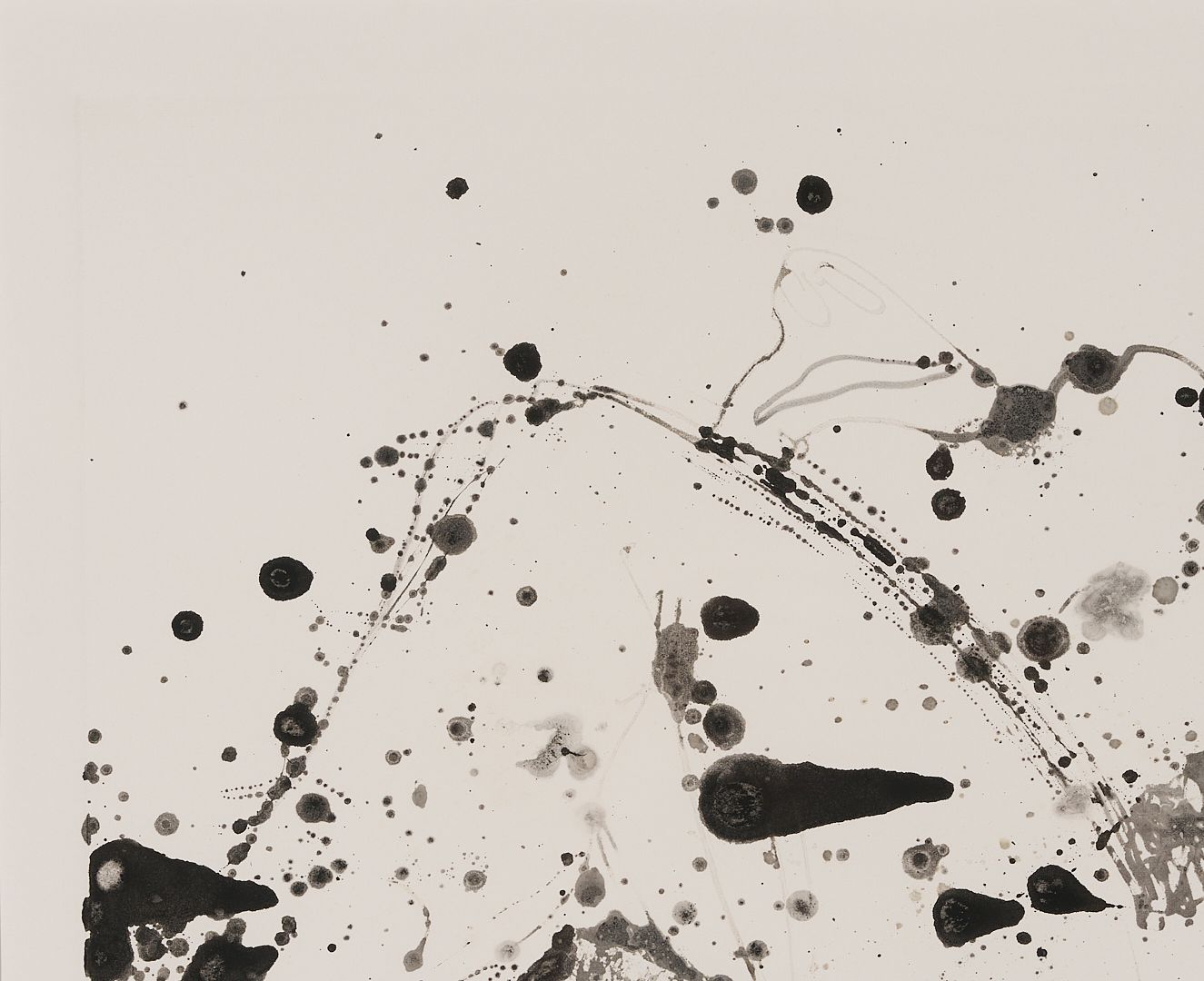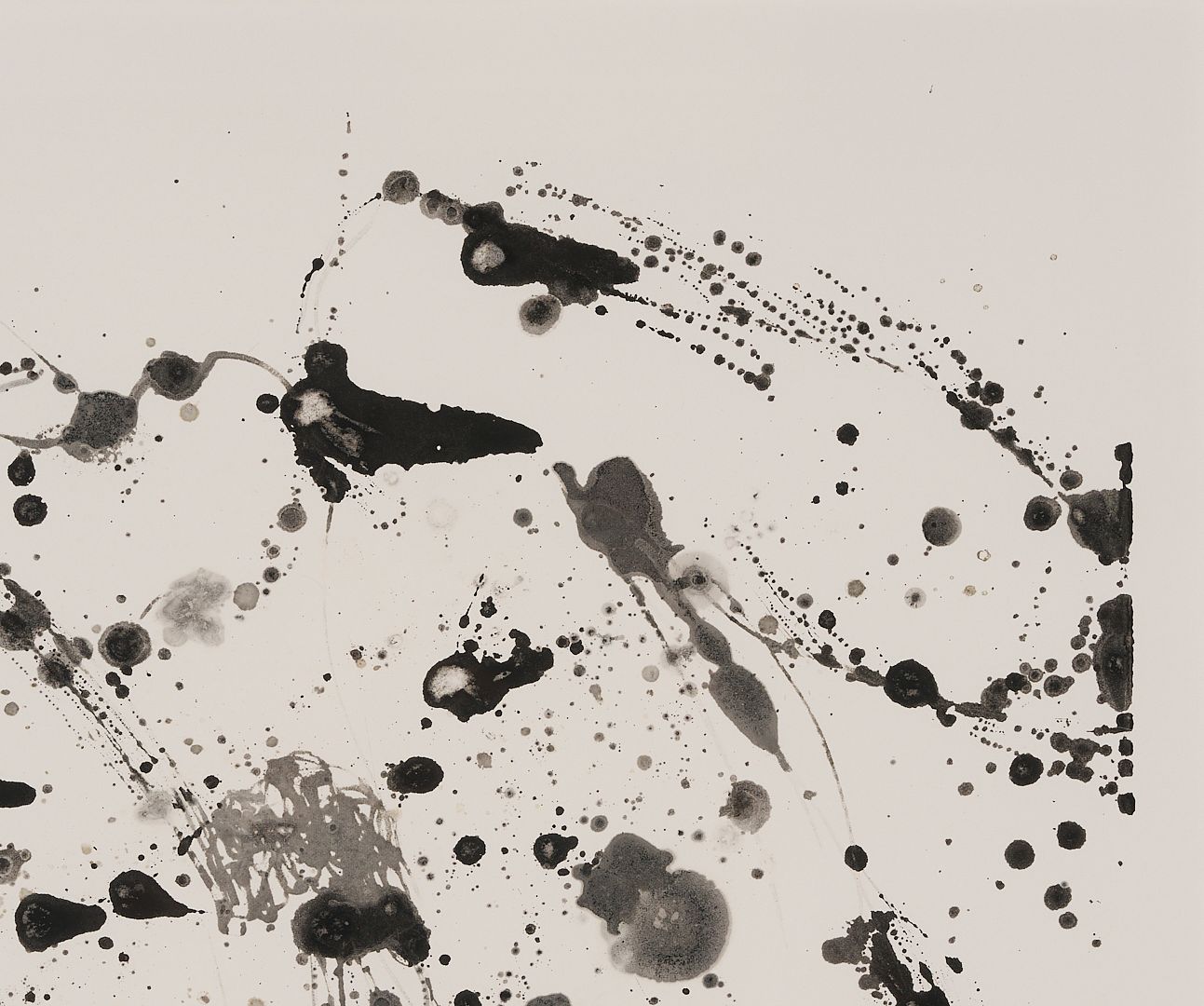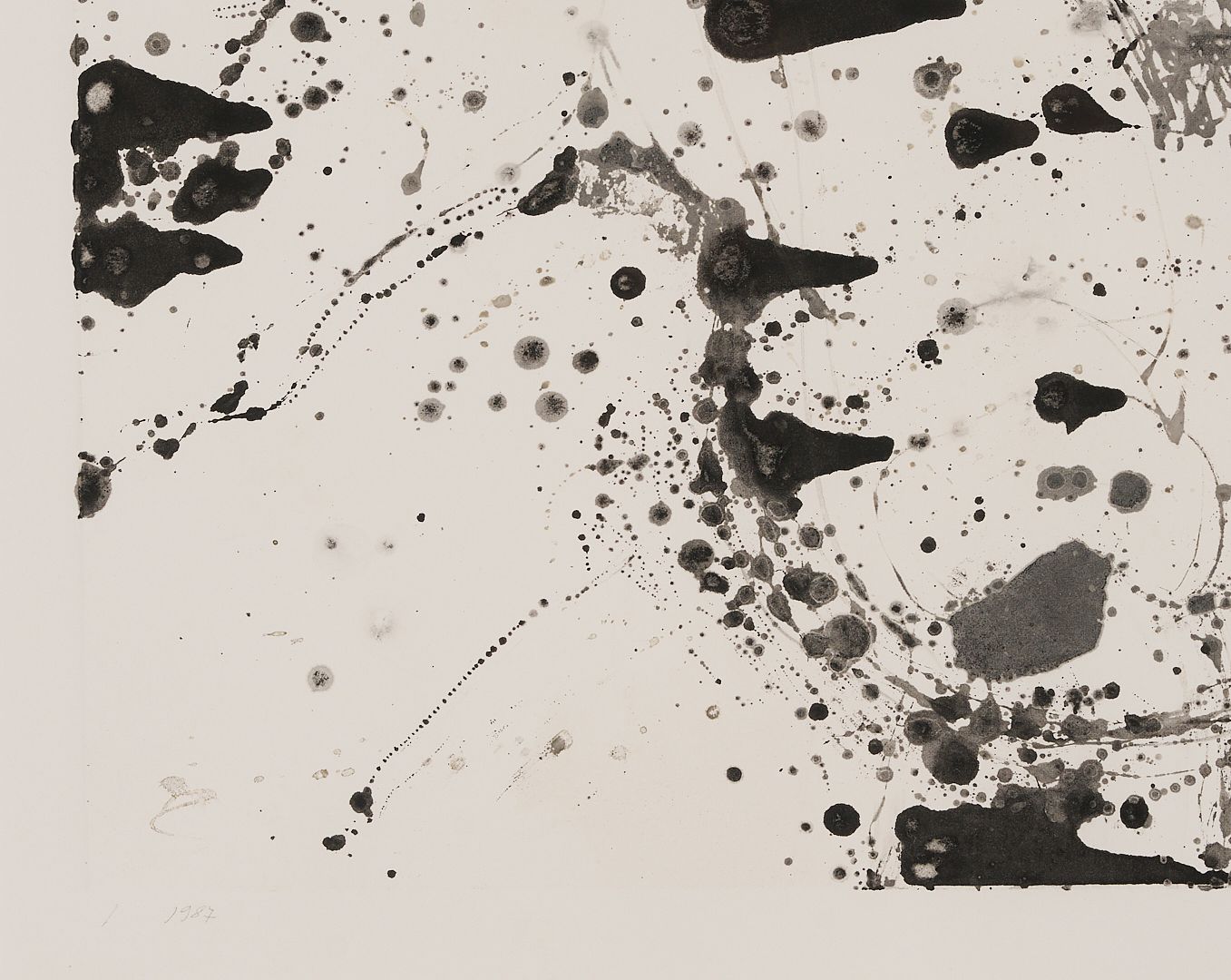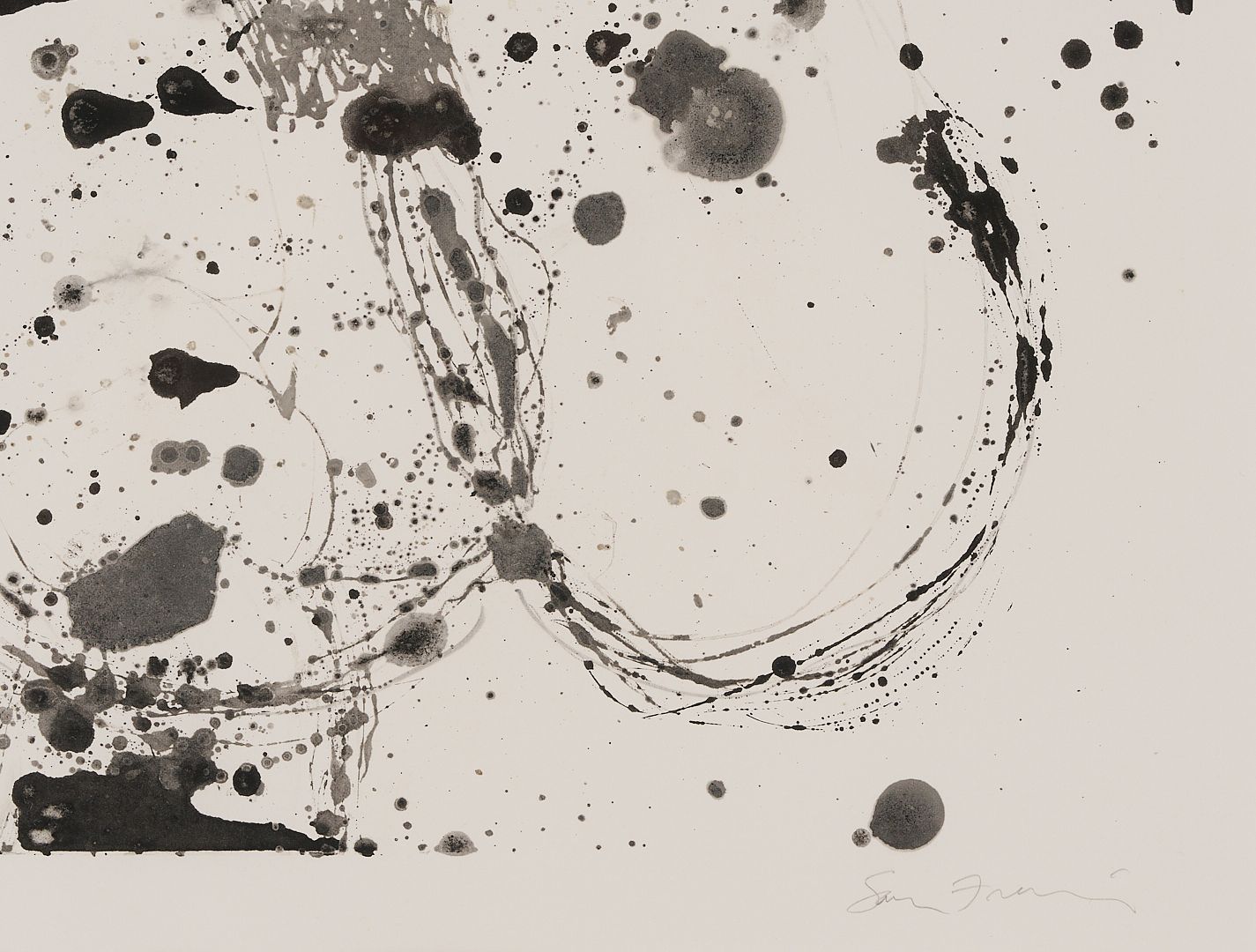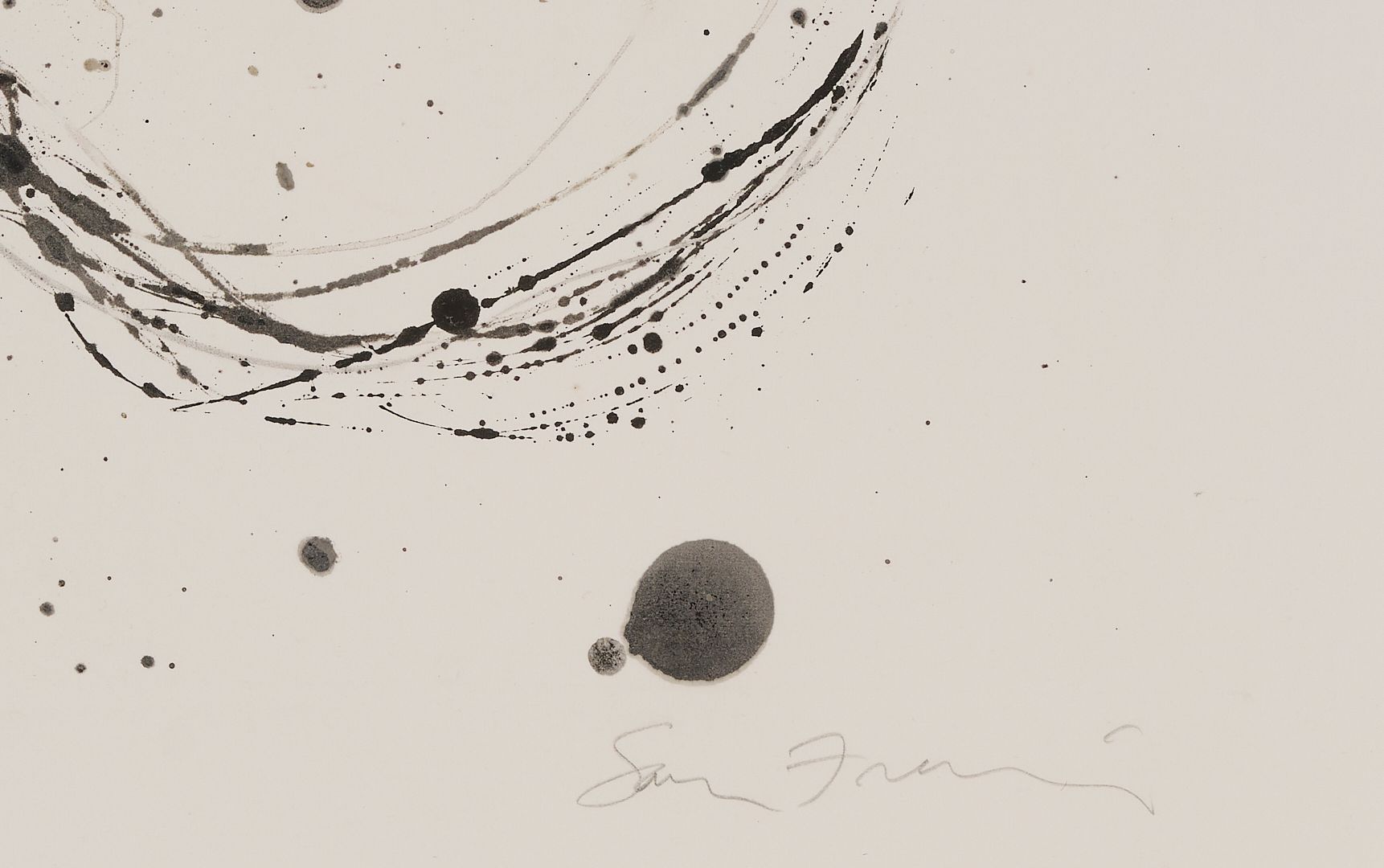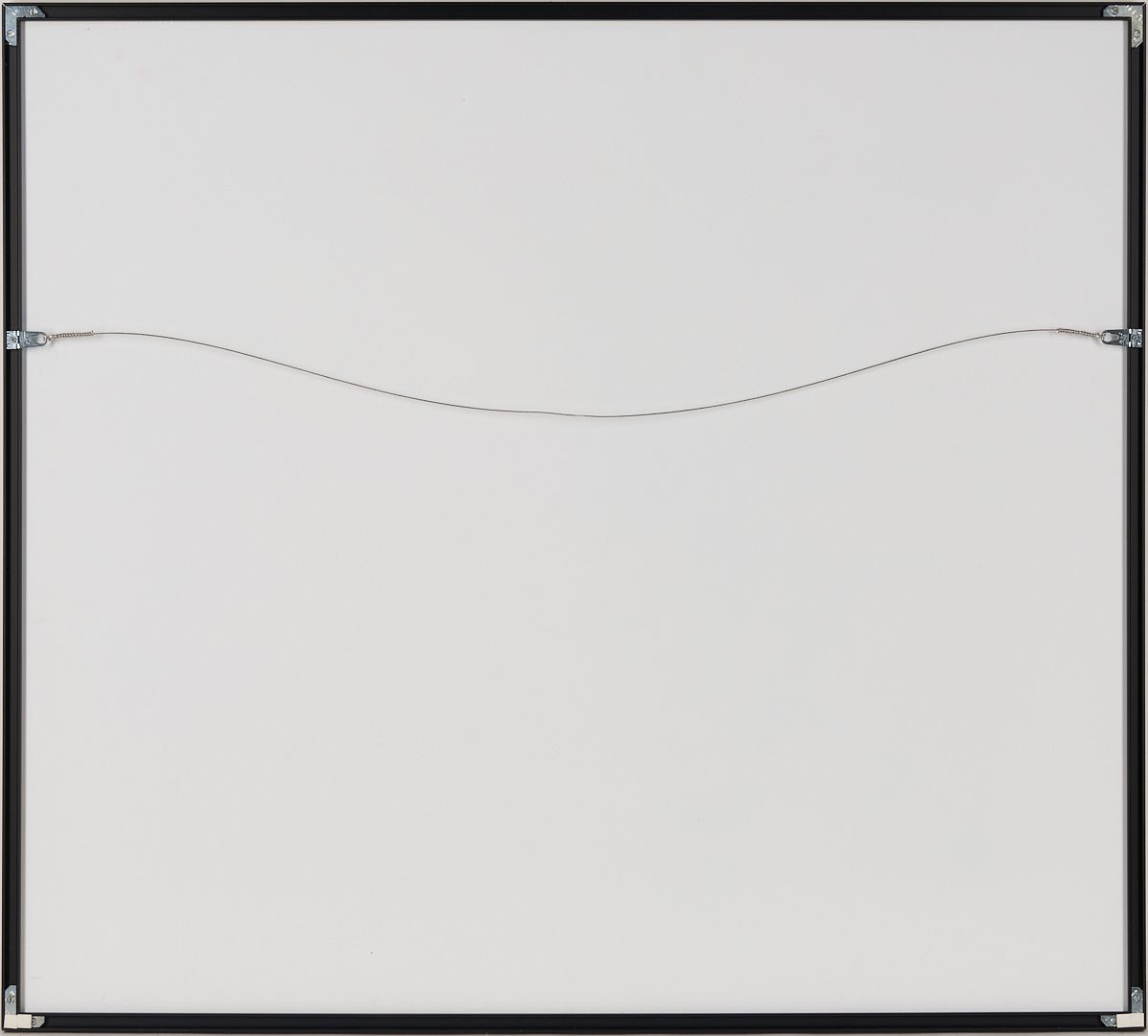SOLD! for $960.00.
(Note: Prices realized include a buyer's premium.)
If you have items like this you wish to consign, click here for more information:
Selling with Case- Low Estimate: $1,600.00
- High Estimate: $1,800.00
- Hammer Price: $800.00
- Share this:
Samuel Lewis Francis (American, 1923-1994) monotype or etching that depicts a partial view of a nude woman described with gestural black splatter and expressive linework, 1987. Signed, dated, and numbered “1” in pencil, lower margin. Housed under plexiglass in a black metallic frame. Francis Archive SFE-121 and listed in “Sam Francis: Online Catalog Raisonne Project.” Plate: 15 1/2 in H x 20 in W. Sight: 17 3/4 in H x 21 1/2 in W. Frame: 34 1/4 in H x 38 1/4 in W. Note: The Sam Francis Online Catalog Raisonne Project lists this artwork as an intaglio print and notes that it “…may be a unique impression and not from an undocumented print edition; pending research.” Biography: Abstract Expressionist painter Sam Francis is known for splatter-stain painting and graphic art. Francis was born in California and studied at UC Berkeley. An air crash during his time in the Army Air Corps led to a prolonged recovery period during which he took up painting, he eventually earned B.A. and M.A. degrees in art from the University of California. Francis initially was part of the Bay Area abstract group that included his teacher David Park, along with Clyfford Still and Richard Diebenkorn. In 1950, as his work began to attract wider attention, he moved overseas to work in Paris, where he gained inspiration from the colors of the Impressionists and the Far East where he began experiments with negative space that would lead to his pioneering “empty center” paintings. In 1962, Francis settled back in Santa Monica where he continued to paint and create prints until his death in 1994. His work is known for its references to New York Abstract Expressionism, Color Field painting, Chinese and Japanese art, French Impressionism and his own Bay Area roots. (Sources: The Sam Francis Foundation; Marika Herskovic, American Abstract Expressionism of the 1950s, An Illustrated Survey; Peter Hastings Falk, ed., Who Was Who in American Art; Matthew Baigell, Dictionary of American Art.)
PROVENANCE: The estates of Walter and Dr. Mary Schatz, Nashville.
CONDITION: Overall very good condition. Six heavily-inked areas with losses to upper layers of paper, likely inherent to printing process, largest 3/8 in x 1/4 in.
